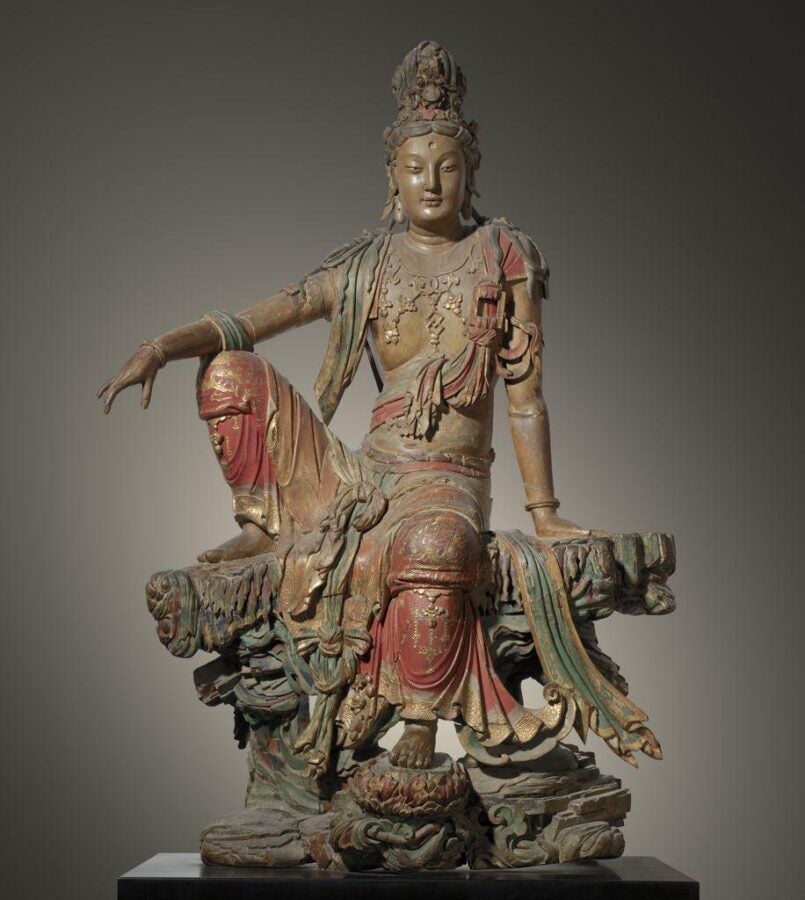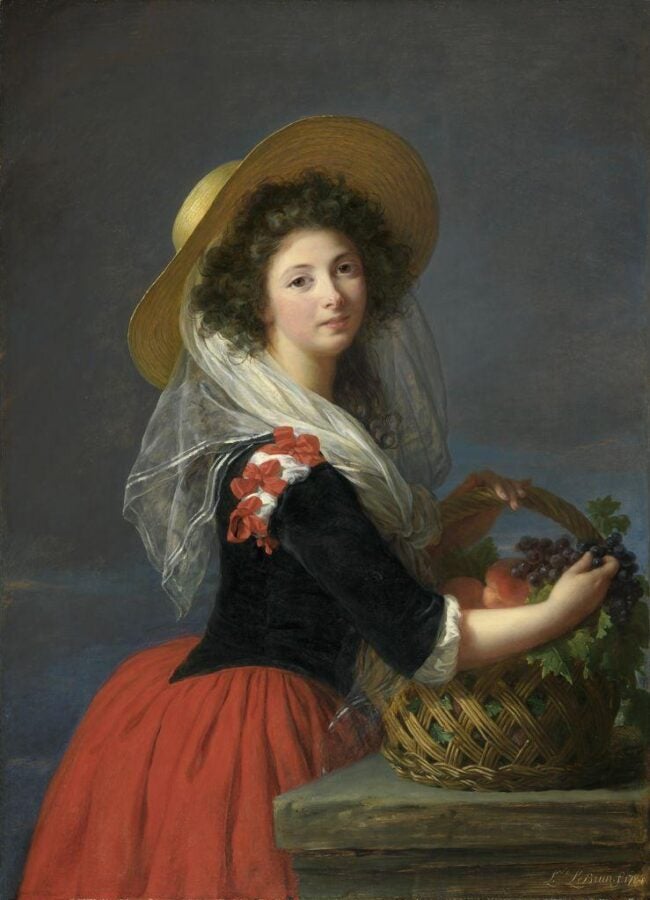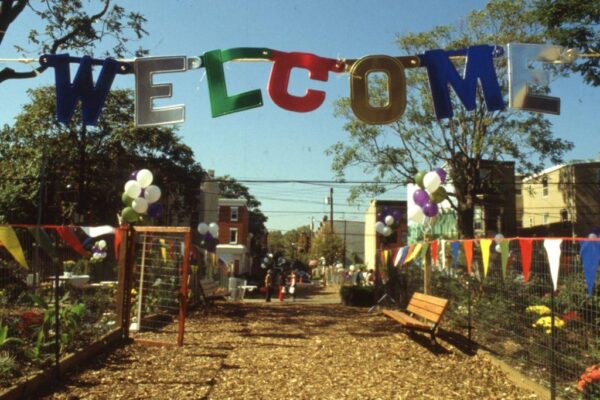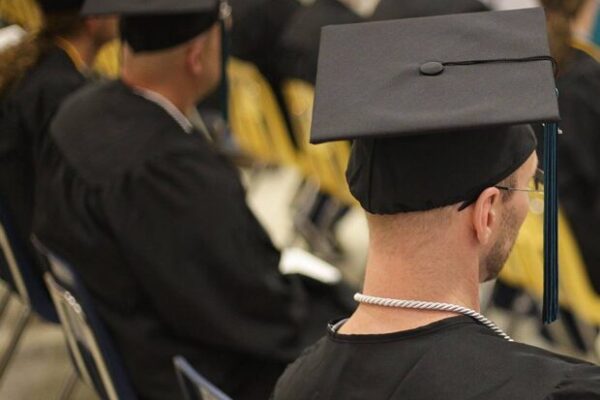The Nelson-Atkins Museum of Art has contributed over 200 images to Artstor on JSTOR.
The Nelson-Atkins Museum of Art is an encyclopedic museum with collections from across the globe. The images contributed to Artstor from the museum’s over 42,000 works of art reflect the diversity of the museum’s collections and the artistic culture of peoples across 5,000 years. Opened in 1933, the museum was founded through two generous bequests from Mary Atkins, an educator and real estate investor, and William Rockhill Nelson, owner of the Kansas City Star newspaper and a civic leader. Nelson’s family and friends contributed further, helping to make his and Atkins’ visions of an art museum for Kansas City a reality.
With funding in place, the work of building both a collection and an art museum began. Early acquisitions included the works of old masters like El Greco’s The Penitent Magdalene, acquired in 1930, Rembrandt van Rijn’s Young Man in a Black Beret and Nicolas Poussin’s The Triumph of Bacchus, both purchased in 1931, and expanded beyond Europe to include art from Africa, the Americas, Native Americans, ancient Greece and Rome, and throughout Asia.

Through a happy alignment of expertise and timing, in the 1930s the museum was able to acquire iconic works of Chinese art like the serene Guanyin of the Southern Sea, Xy Daoning’s scroll painting, Fishermen’s Evening Song, and Flower Vase with Dragon Motif. These important acquisitions inspired further acquisitions and the development of the museum’s globally significant Chinese art collection.
Early acquisitions created a foundation upon which curators built on strengths and filled in gaps. Like all collections with deep histories, many objects in the collection have intrinsic connections to the local community, global art movements, and generous donors. Regional artists like George Caleb Bingham and Thomas Hart Benton were collected alongside American artists including Thomas Eakins, John Singer Sargent, and Raphaelle Peale. Recognizing the museum as an artistic and cultural center of Kansas City, community members cared deeply about works added to the collection, as exemplified in the museum’s acquisition of Monet’s Waterlilies, a panel from the Agapanthus Triptych. Lent to the museum in 1957, while being considered for acquisition, the painting was so loved by neighboring Kansas City Art Institute students that ninety of them signed a petition encouraging the museum to acquire this iconic work.

While grounded in the local community, the museum is also part of the global art community, and as groups like the Guerrilla Girls challenged the art world to consider the lack of women artists in their collections, the museum acquired Elisabeth Louise Vigee Le Brun’s Portrait of Marie Gabrielle de Gramont, Comtesse de Caderousse. Purchased in 1986, the portrait was the museum’s first work by a woman artist prior to 1900. Support and appreciation for art and culture in Kansas City also resulted in transformational gifts to the museum; including numerous gifts of works of art throughout the museum’s history. The 2005 donation of 6,500 photographs by the Hall Family Foundation transformed the museum’s photography collection into one of the most important in the country.
Making highlights from the Nelson-Atkins Museum of Art’s collection accessible on JSTOR creates another way for the next generation of scholars, artists, and art enthusiasts to discover and contextualize these works of art. Guests of the museum engage with art in the museum’s galleries through close-looking, thoughtful labels, and inspiring conversations. It is hoped that encountering these works within the broader JSTOR platform will allow users to contextualize these works within time, culture, an artist’s oeuvre, and ultimately in their own projects.
We’re looking forward to seeing how these images are used and are grateful to the Artstor team, who have been wonderful partners throughout the process. This initiative was also supported by many museum colleagues, but especially Zak Meek, the museum’s Coordinator of Rights and Reproductions.



